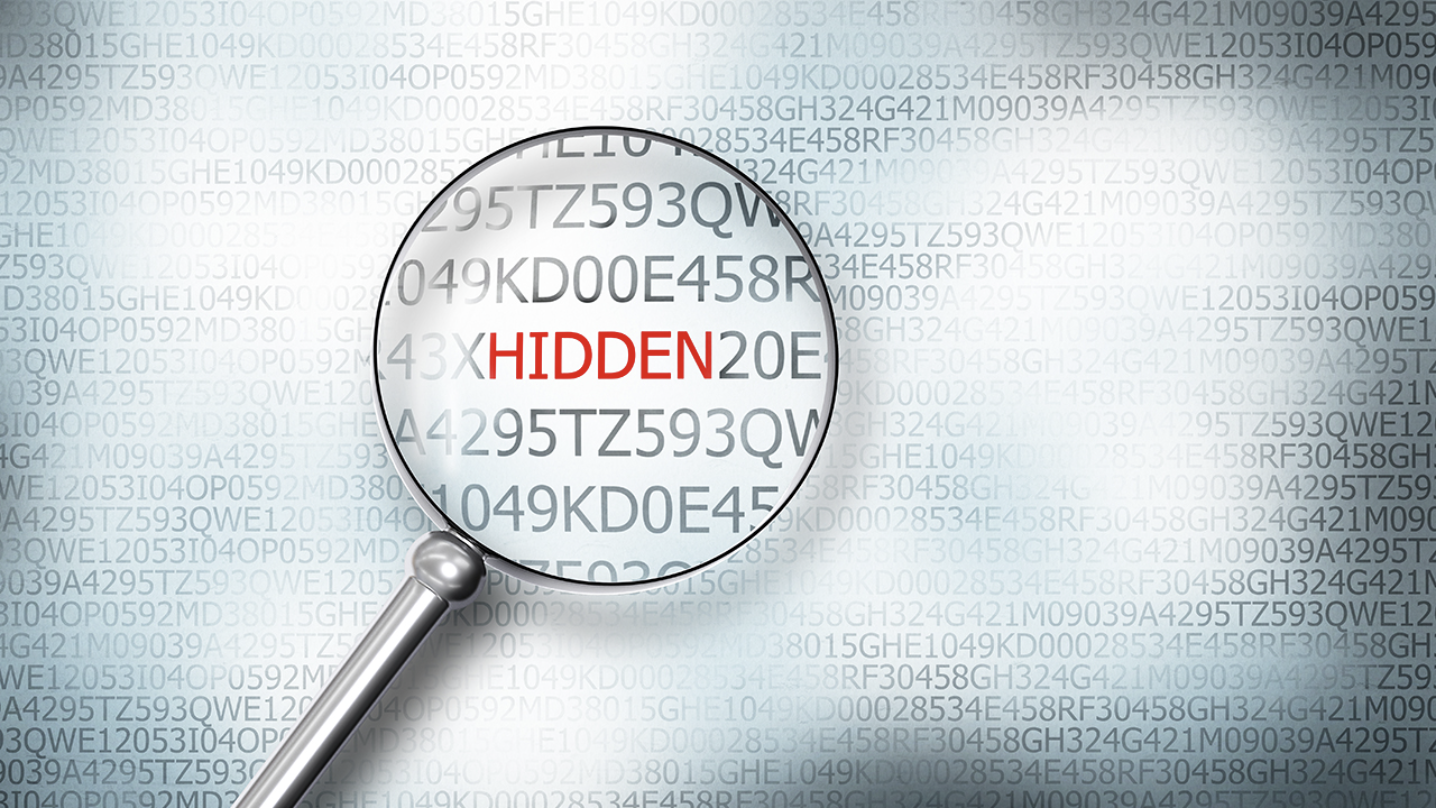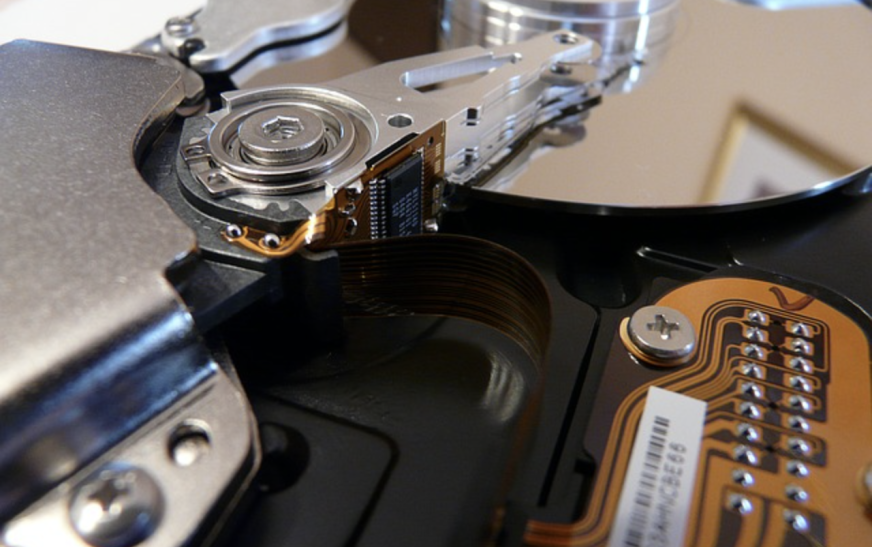
Introduction to Steganography
In this discussion, we’ll explore the basics and limitations of steganography, as well as highlight the differences between steganography and cryptography.
What is Steganography?
Steganography is the practice of hiding a message within another form of content. Unlike encryption, which scrambles the message to make it unreadable, steganography conceals the existence of the message itself. Instead of encrypting the message, the goal is to hide it so that others are unaware that there is a message at all. This could be done through various techniques, such as using substitution or transposition methods, but the core idea is that the message is hidden, not encrypted.
Steganography vs. Cryptography
While both steganography and cryptography deal with securing information, they do so in different ways. Cryptography focuses on making the message unreadable to anyone without the proper key. Encryption algorithms transform the message into unreadable ciphertext, making it impossible for outsiders to understand.
In contrast, steganography doesn’t focus on making the message unreadable—it focuses on making the message invisible. A simple example of steganography is hiding a secret message in the first letter of every word in a sentence. To an outsider, the message looks like a normal sentence, but by reading the first letter of each word, the hidden message can be revealed.
Steganography Techniques
Steganography has been used throughout history in various forms. Here are a few techniques:
- Character Marking: In this method, specific letters in printed or typewritten text are subtly altered with a pencil. The changes are invisible to the naked eye but can be revealed when the text is held at a specific angle under bright light.
- Invisible Ink: This technique uses chemicals or natural substances to write secret messages. The text remains invisible until exposed to heat or a special chemical that reveals the writing.
- Pin Punctures: Small pinholes are made in certain letters or words. These punctures are undetectable unless the paper is held up to bright light, where the hidden message becomes visible.
- Typewriter Ribbon Colors: In this method, the typewriter ribbon’s color is altered in specific places between lines of text. The changes are only visible when the document is held up to bright light.
These are traditional steganography techniques, but how do they apply to modern computers and network security?
Drawbacks of Steganography
Steganography can also be used in computer systems and network security, but there are some limitations to consider:
- High Overhead: Hiding a message through steganography can be resource-intensive. Unlike encryption, which simply converts text into ciphertext, steganography requires the message to be hidden in another form, which adds complexity and processing power.
- Vulnerability: Just like with encryption, if the hiding method or key is discovered, the entire system becomes compromised. Once an attacker finds the hidden information, the steganographic method is no longer secure.
- Combining Steganography with Cryptography: To improve security, it is possible to combine both steganography and cryptography. First, the message can be encrypted, and then the encrypted message can be hidden using steganography. This combined approach provides a stronger layer of security than using either method alone.
In conclusion, steganography is a useful technique for hiding messages, but it comes with certain drawbacks, especially in digital security. When combined with cryptography, however, it can provide a more secure way of protecting information.













